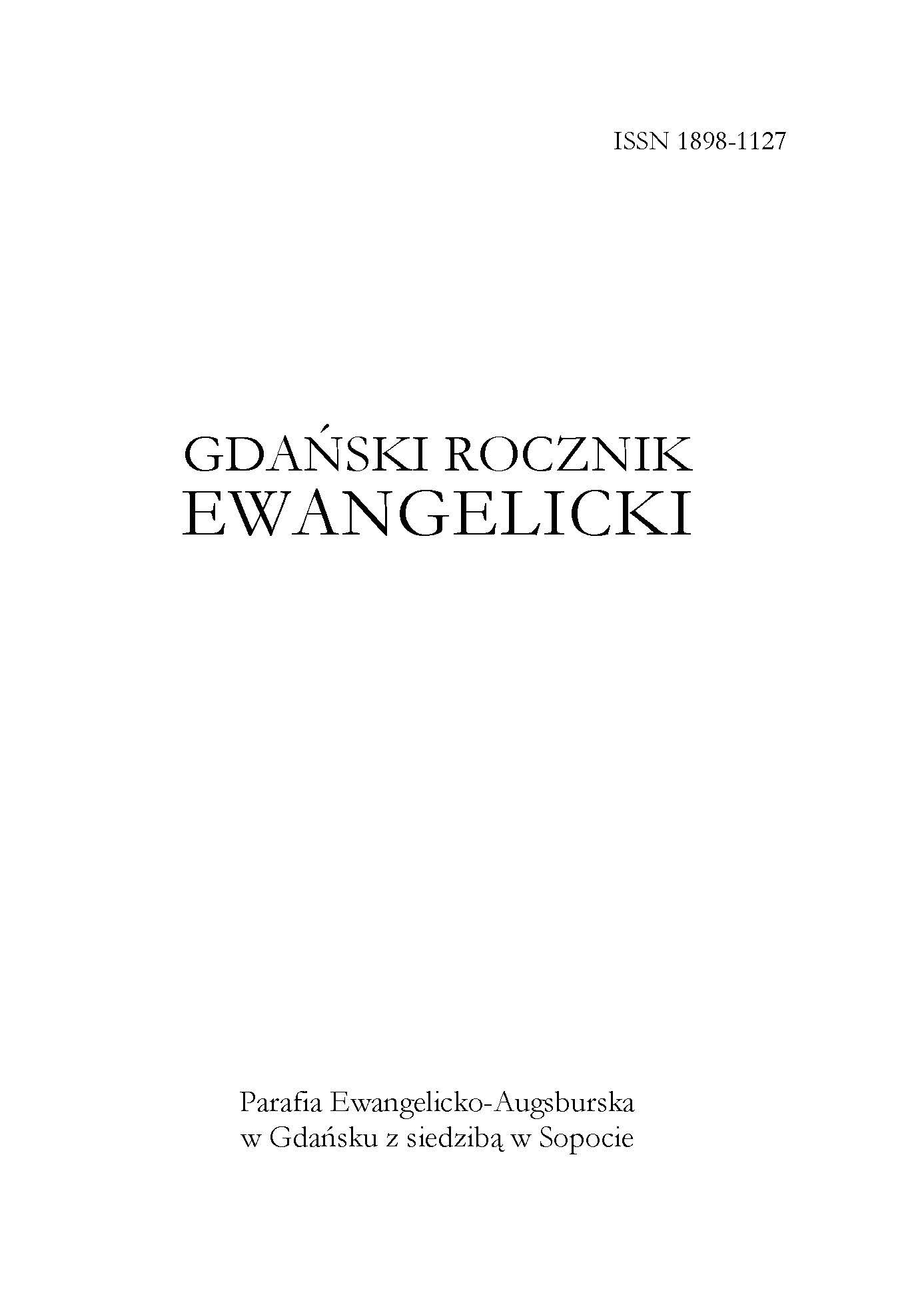
We kindly inform you that, as long as the subject affiliation of our 300.000+ articles is in progress, you might get unsufficient or no results on your third level or second level search. In this case, please broaden your search criteria.




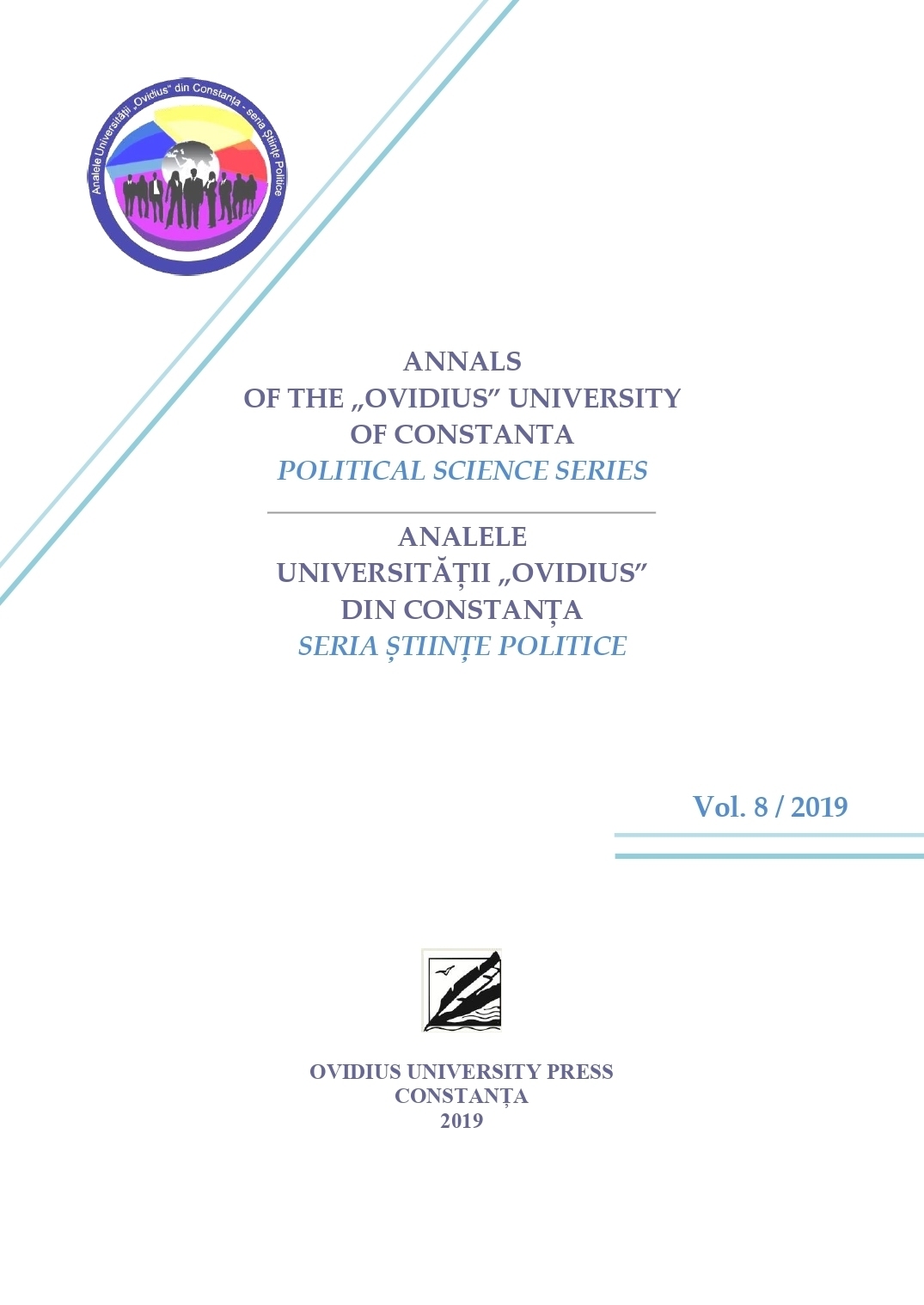
The orthodox doctrine states that the beginning of salvation is made by divine grace, as uncreated energy, combating Pelagianism and Semipelagianism. Saint John Cassian, rightly included among the “great teachers and spiritual masters”, is considered by Owen Chadwick, together with Blessed Augustine, the personality who dominated the 5th century. Saint John Cassian highlights in his writings, especially in the second series of “Conferences” (Conferences XI-XVII) his teaching regarding the relationship between grace and free will, a teaching he had learned from Scripture, from theologians from the East and from many of the Western writers before Augustine (West theologian who supported predestination). The 13th Conference is a broad analysis of the relationship between grace and will of freedom, not only in the context of human effort to obtain salvation and perfection, but also in the process of conversion.
More...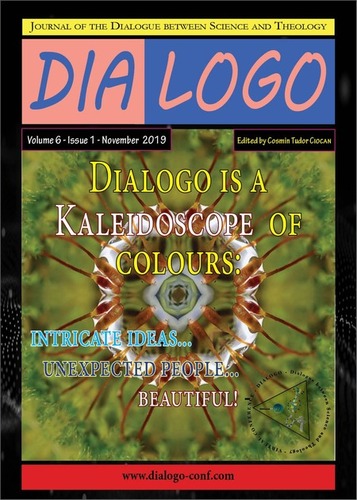
My intention is to improve the receiving of the idea of ‘interfaith dialogue and mutual acceptance’ for Romanian people in general and foremost on their teachers, by writing a handbook for teaching it to the students and future public opinion formatters. It is a requirement nowadays firstly to make people understand the benefits of interfaith, then to make them believe it is the only solution of the social common living in such a religiously diverse society, and finally provide methodological and technical support for those who want to become the voices of interfaith in their own environment. I need to lift my training to that level that I can improve myself, maturing from a religious pluralism embracer to a trainer, professionally prepared and systematic instructed. For that matter, this paper is not an unassisted research presentation, but a proposal from which I would like to evolve to a fully developed result that I will share with our Dialogo readers when published (e.g., ask for a review on a possible, future book on the topic).
More...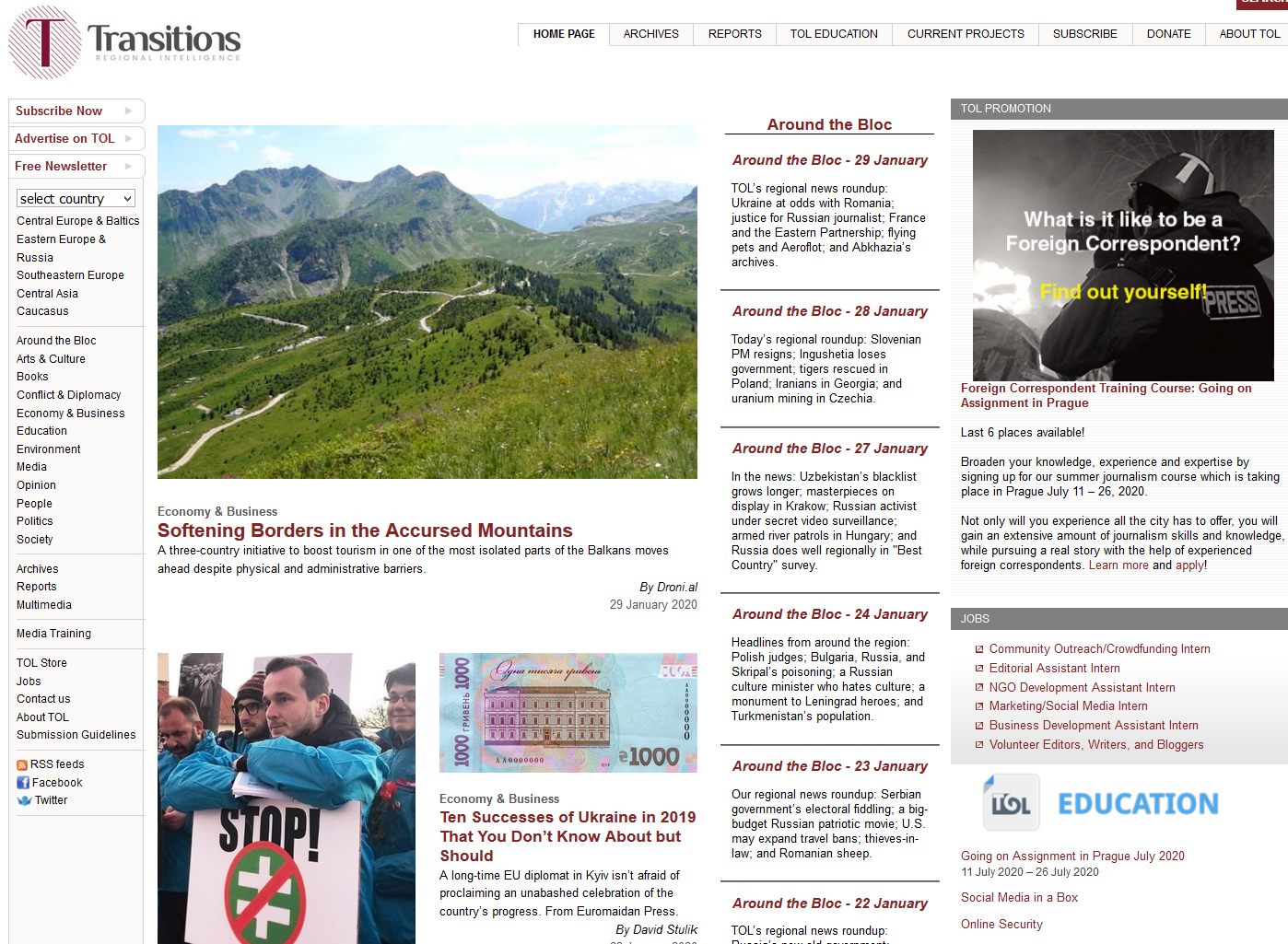
Regional highlights: TurkStream launched; Poland and Israel; a matter of (Balkan Orthodox) faith; Gulnara Karimova back in court; and healing berries.
More...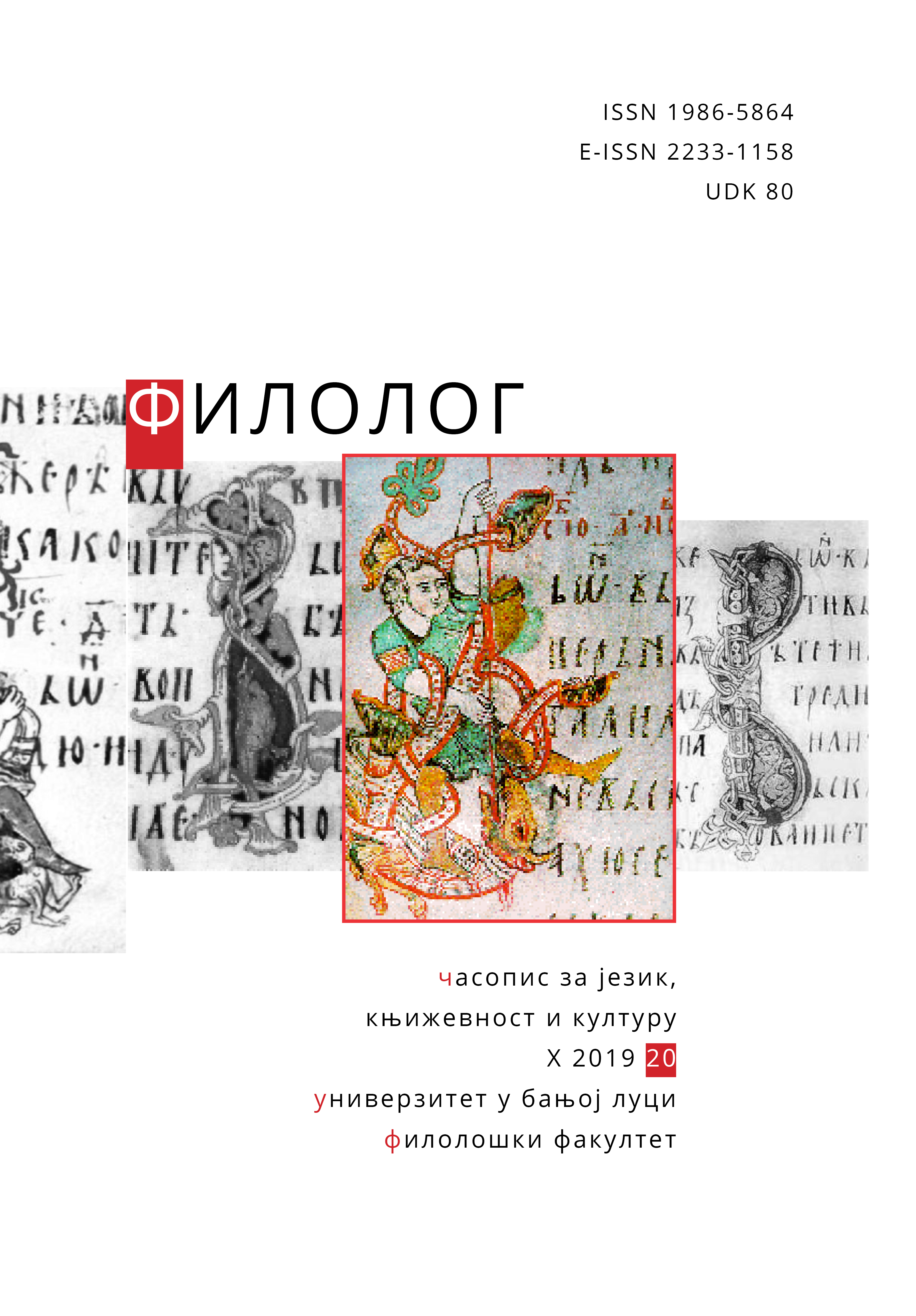
The genre structure of the “ghost stories” is preserved in the key works of the so-called Southern Gothic, although these works often lack the real ghosts which were repeatedly portrayed in the early British prototypes of the genre. The basic genre technique employed in the “ghost stories” can best be described as “spectralisation”. Flannery O'Connor's “The Enduring Chill” is perhaps the focal text in the analysis of the spectralisation theme in the Southern Gothic fiction, since it evokes various procedures used in the two pivotal works of this American genre: Tennessee Williams's drama The Glass Menagerie and Faulkner's novel Absalom, Absalom!. This paper explores various subcategories of Gothic spectralisation, such as the motifs of “body loss,” romanticisation of death, and fictionalisation of experience.
More...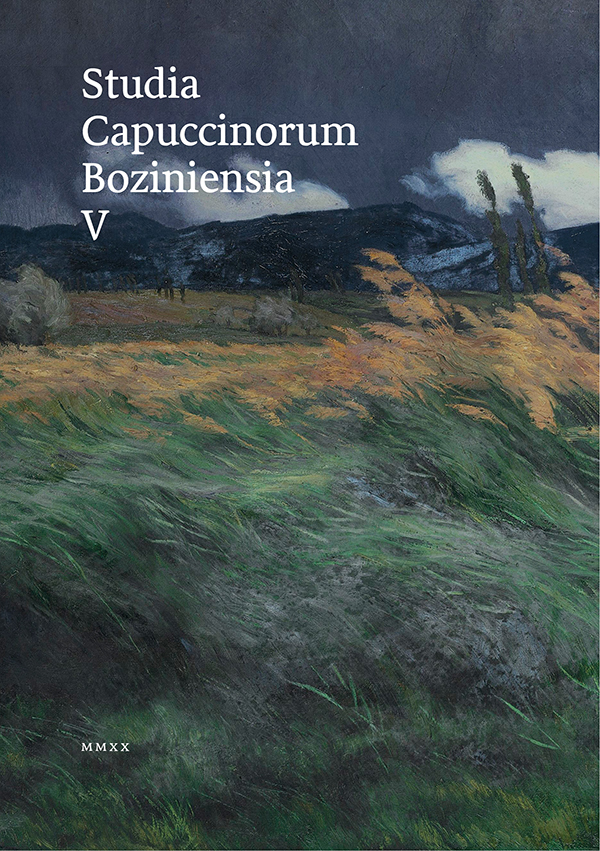
Biographical article of the life of Capuchin priest Vojtech Rudolf Rajner, who spent most of his life in the communist regime and in his prisons.
More...
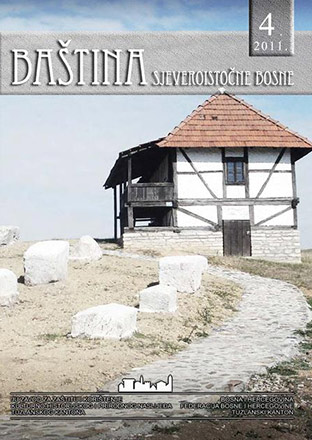
Zavod za zaštitu i korištenje kulturno-historijskog i prirodnog nslijeđa Tuzlanskog kantona je u proteklih nekoliko godina organizovao nekoliko naučnih skupova i okruglih stolova o naslijeđu na području Tuzlanskog kantona i sjeveroistočne Bosne. Zadnji takav skup je Zavod organizovao 14. 12. 2011. godine u Bijeljini.
More...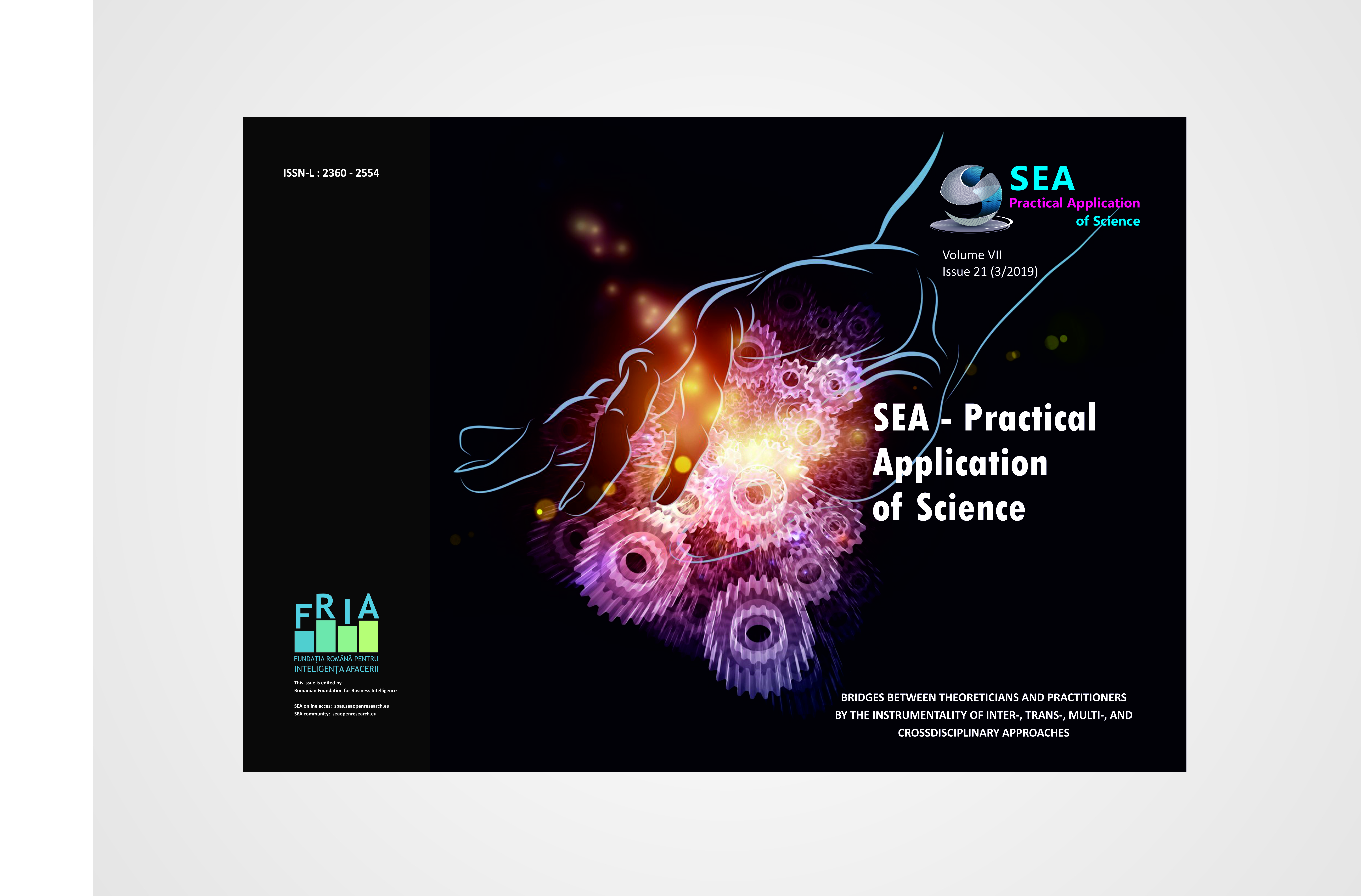
The present study aims to recover the first period of the detention of Sandu Tudor (who had become, meanwhile, the Monk Agaton), the research approach being centered on the analysis of the Archive documents. A simple reading of the file no. 013495, vol. 1 and 2, Criminal fund, located at the Archive of the National Council for the Study of Security Archives (A.C.N.S.A.S.), reveals a collection of disturbing, edifying data on this subject, as we consider. The first sheet of the aforementioned file, vol. 1, is the Cover of the File no. 1811/1950, drawn up by the Bucharest Court, the Third Criminal Section, „Posteucă Dumitru and Teodorescu Alexandru”, with the mention „War crime”. In order to offer the potential reader a more accurate image of the information obtained from the Security Archives and from the memorialistic literature regarding the concentrationary periplus of Father Daniil (Sandu Tudor), a genuine extermination regime at the penitentiaries in Jilava, Poartă Albă and Culmea, we have appealed to an evolutionary, chronological x-ray of the data, so that, subsequently, we could provide a critical, problematizing analysis of our subject from the perspective of the paradoxical ambivalence victim-executioner, representing an opportunity to demonstrate why we consider him a true paradigm of the resistance through hesychia.
More...
After 1990, „Rugul Aprins” (“The Burning Bush”) constituted a research topic that aroused the interest of theologians, historians and people of letters in the Romanian cultural space. The topic is very broad, but in this study we will only follow the configuration of the open warrior destiny of Father Daniil (Sandu Tudor), this `homo religiosus`, who, defying the „culture” of the totalitarian communist state, remained on the coordinates of a `modus vivendi` subordinated to a transcendental order. We also emphasize that the purpose of focusing on Father Daniil Sandu Tudor is, in general, the reconstruction of the complete picture of the totalitarian communist society’s dynamics and, in particular, of the resistance of the Romanian Orthodox Church under the atheist persecution. The sections of the present research approach were, in large part, constituted as an updated radiography of the realities of those times from the perspective of confessors Nicolae Rădulescu and Emanoil Mihăilescu. We believe that the analogy between the two angles of remembrance, mediated by the former students who composed the group „Teodorescu Alexandru and others” represents an efficient technique of reconstructing the historical truth.
More...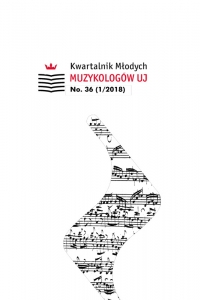
The history of the organs in the Cistercian Abbey in Kraków-Mogiła has not been studied so far. The article elaborates this topic based on the results of an archival query. Most of the sources are preserved in the Cistercian Archive in Mogiła. Examining them, the author discusses the history of instruments in the monastic church and in the former St Bartholomew church. On the basis of the sources, it was stated that at least in the 18th century the monastery church was equipped with two pipe organs. This fact has not been pointed out so far by researchers. The following article is supplemented by archival photographs.
More...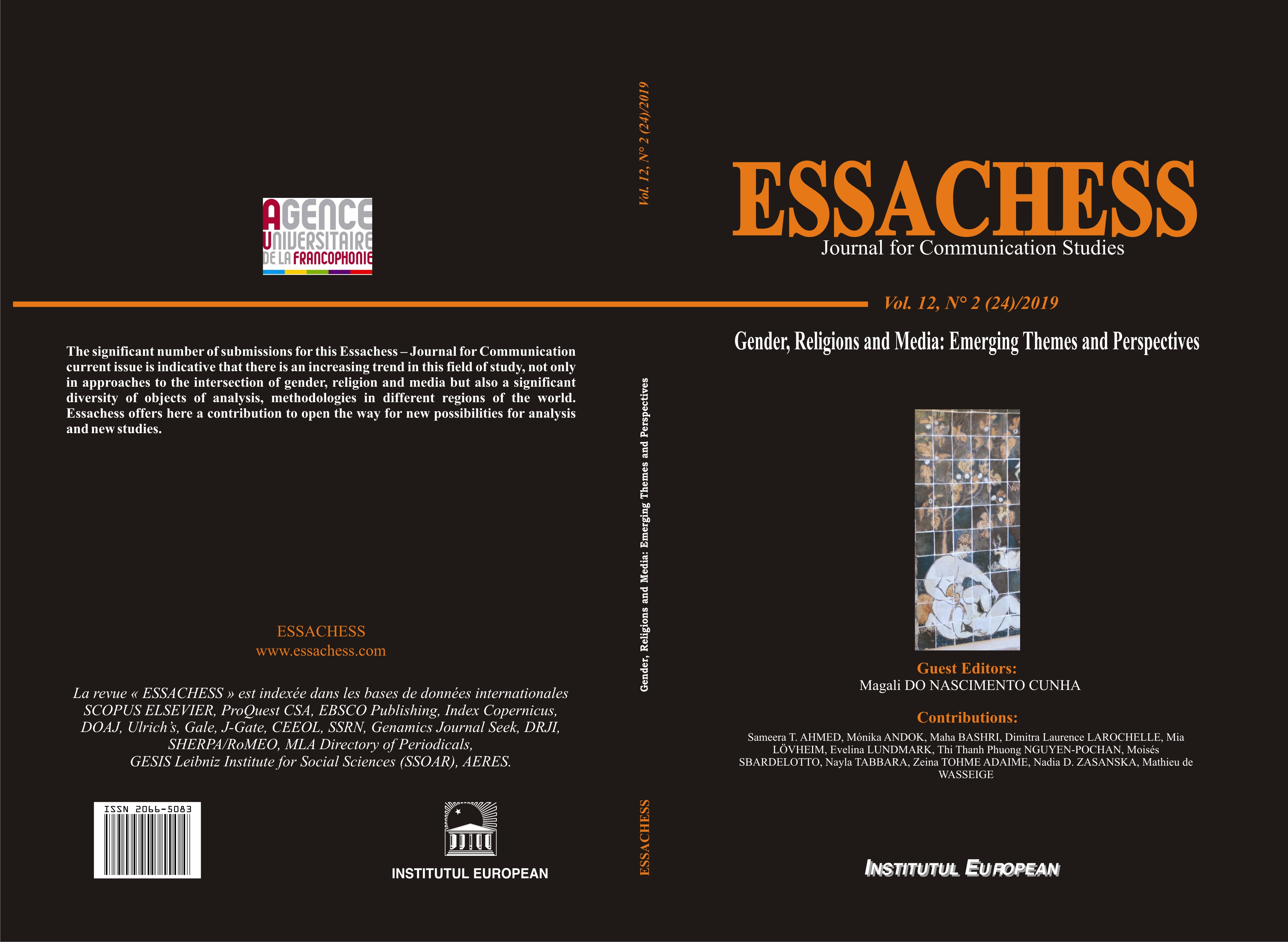
This article discusses how women’s authority to speak about religion is forged in digital media and builds on empirical work focusing on bloggers in a Swedish context and vloggers in a North American context. These studies show how women’s self-performances in digital media are characterized by a communicative intention towards authentic self-expression. We argue that these self-performances also enable a particular form of authority to emerge, that is dependent on an individual’s personal qualities and ability to inhibit and/or perform certain values; relational and co-effected, forged in constant connectivity with audiences. Authenticity is a core characteristic of this form of authority in the sense of a connection between being true to your inner self and acknowledging your dependence on others. Finally, vulnerability is an intrinsic part as, on the one hand, a condition enhanced by the socio-technological affordances of digital media and, on the other, as a possibility to challenge stigma, open up spaces of inclusivity and enacting a different ideal of authority.
More...
Based on empirical researches the article presents what gender differences can be unfolded in the digital media usage of Hungarian religious communities. In the theoretical background, the study overviews the literature of the research history of gender differences related to religions (King, 2004; Aune, 2015; Fedele, 2018). It also relies on the Religious Social Shaping of Technology (RRST) theory and the Uses and Gratifications theory, which serve the theoretical and methodological basis of this research (Brubacker & Haigh, 2017; Ratcliff, McCarthy & Ritter, 2017). Relying on these, the patterns of digital media usage of two Hungarian religious communities will be uncovered. The methodological process was the following: at first in-depth interviews were conducted with the communication leaders and bloggers of these communities, which were carried out concerning the RSST theory (Campbell, 2006, 2010, 2013, 2016; Cheong at al., 2012; Herteliu, 2018; Tudor & Herteliu; 2016, Falca, 2018). Following this, supported by the results of the interviews and the previous uses and gratifications researches, two questionnaires were composed (Laney, 2005). We got more than 600 respondents among the so-called “777” community (young Catholic bloggers community) and 64 respondents among the Hungarian Krishna-Conscious Believers community.
More...
News from around the bloc: Zelenskiy, one year on; Serbia-Montenegro spat rolls on; pandemic in Armenia; Russian in Uzbekistan; and a modern take on Mongolian gers.
More...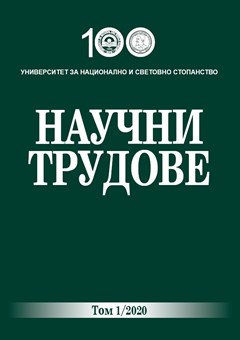
Iran is the bosom of Shi'a. The article aims to trace and analyze the role and place of Islam in Iran, to consider the dogmatic differences between Sunnis and Shiites in the context of the geostrategic rivalry between Iran and Saudi Arabia. It has been suggested that Shiism is the religious form of the idea of social change through an interdisciplinary and problem-thematic approach. Original ideas and literature have been proposed to enrich the Bulgarian scientific knowledge of Shiite Islam, with a scientifically applied effect.
More...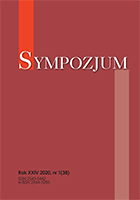
Care for the upbringing of youth has always been a key issue. For people to survive in the world, they need to constantly develop. The inclination to invest in oneself coincides at the same time with the commitment in the field of education and upbringing. The inter-generational co-operation creates an adequate potential, which serves the whole society. One of those who devoted themselves to pedagogical activity was Father Leon Dehon. He, due to social and cultural circumstances, as well as motivated to confide in the Heart of Jesus brought forth by his faith, organised an educational apostolate in Saint-Quentin. Considering the difficult times in which he lived, he undertook with courage initiatives that particularly influenced the shaping of new social, cultural and religious order. Thanks to his education and good interpersonal skills he established a school which trained France’s future social elites, as well as gave rise to a new religious congregation, organising mainly priestly formation. The aim of this article is to present a model of Dehonian education, which gave a new impulse to both the ecclesial environment and the working-class society of the 19th-century France. Due to the fruitfulness of his work, which promulgated an ideal of charity and social equality, today we also want to peruse the treasures of Father Dehon’s experiences. An attempt to invoke his thought allows us to rediscover the contemporary demand for education and formation aiming to guide humanity to holiness.
More...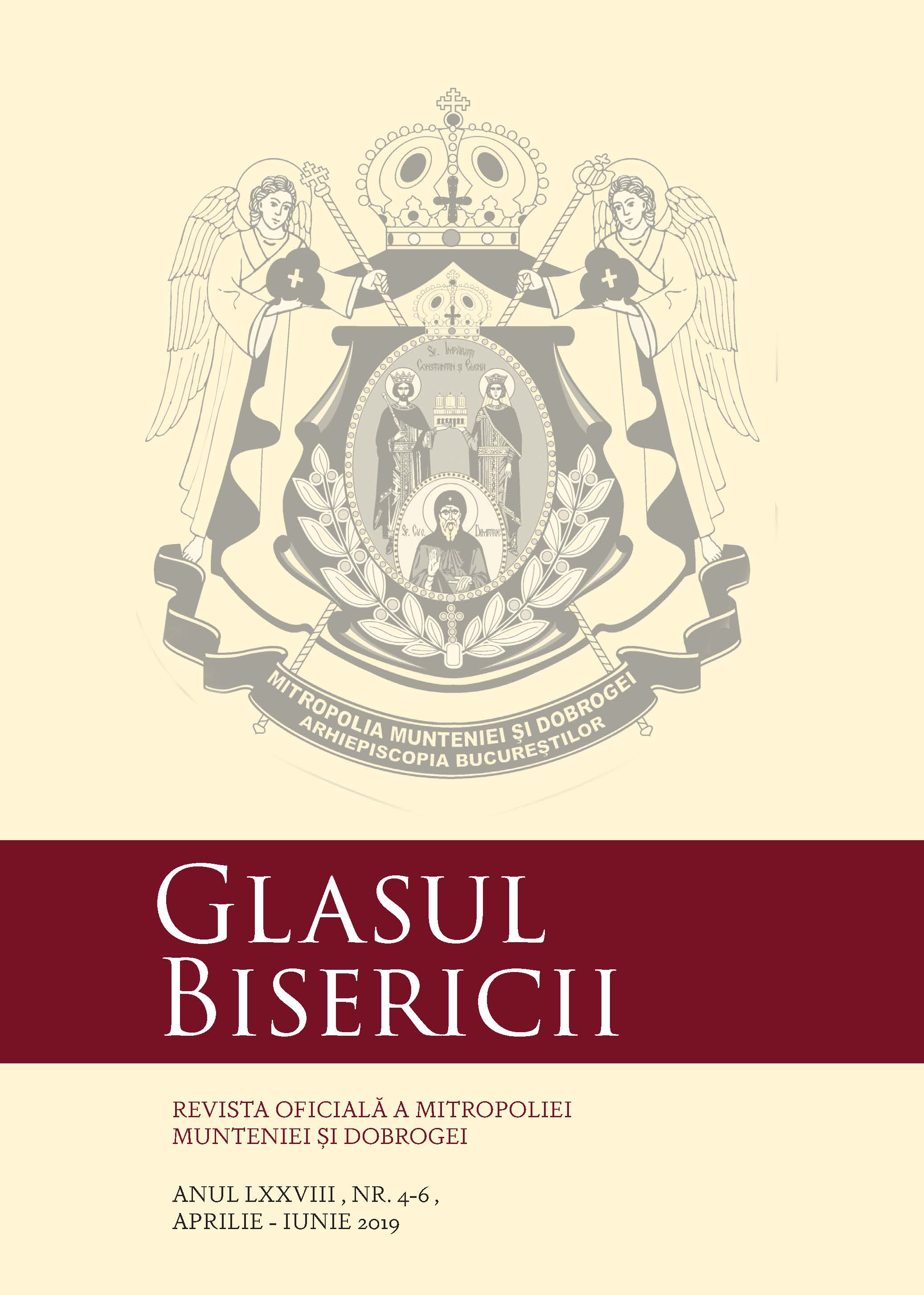
Proceedings of the Spring Pastoral Missionary Conference of the Clergy from the Archdiocese of Bucharest with the theme: „2019 –The Solemn Year of the Romanian Village (of Priests, Teachers and Diligent Mayors)
More...